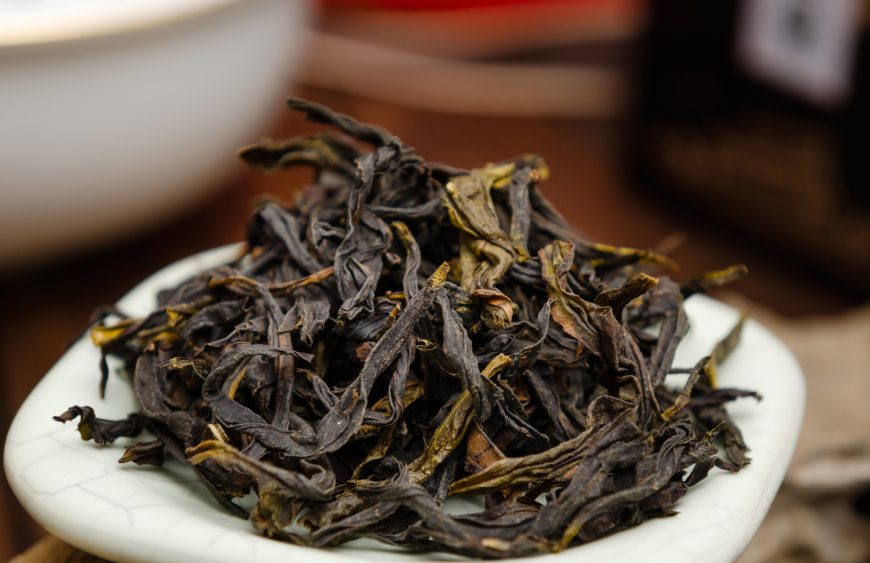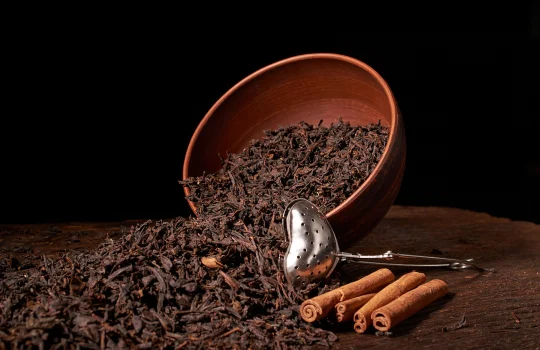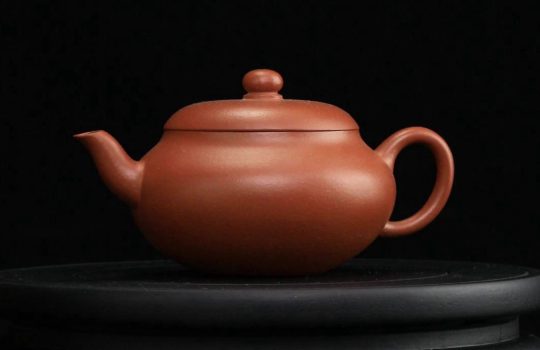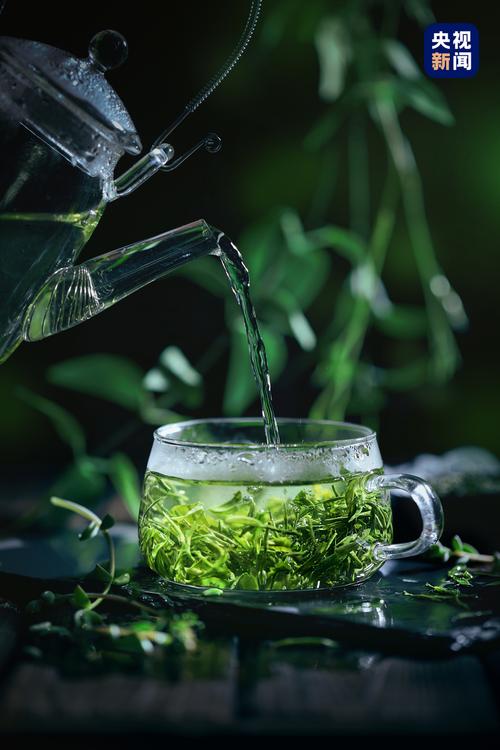Phoenix Water Lily (organic oolong tea) contains tea polyphenols and caffeine, which help lower cholesterol

Phoenix Water Lily Origin: Phoenix Mountain Area, Chaozhou County, Guangdong Province
Quality Characteristics: The dry tea leaves are straight and robust, with a yellowish-brown color resembling eel skin, and a lustrous sheen.
Tea liquor: Orange-yellow and clear, with a golden yellow ring along the rim of the cup.
Aroma: Persistent, with a natural floral fragrance.
Taste: Smooth, refreshing, and sweet aftertaste.
Leaf base: Thick and soft, with crimson edges and a bright yellow underside.
Overview of Phoenix Narcissus Tea
Phoenix NarcissusTea is a type of oolong tea, renowned for its “beautiful shape, emerald color, rich aroma, and sweet taste.” The picking of Phoenix NarcissusTea is highly meticulous and precise. The fresh leaves must reach a certain level of maturity and are picked one by one at the appropriate time, adhering to the three principles: “do not pick when the sun is too bright, do not pick in the early morning, and do not pick if the leaves are wet with rain.” It also has a relatively high yield and is exported to Southeast Asian countries such as Vietnam, Cambodia, Thailand, and Singapore, with smaller quantities shipped to Japan and the United States. It is particularly favored by overseas Chinese from the Chaozhou-Shantou region of Guangdong Province.
The tasting experience of Phoenix Narcissus
Phoenix Narcissus possesses a unique natural floral aroma. When brewed, the tea liquor is clear and bright yellow, with a golden rim visible on the inner wall of the cup. The taste is rich, smooth, and refreshing, with uniform leaves and green edges adorned with red borders. Due to its unique characteristics, the brewing method and techniques are also highly refined. It is best brewed using a specially crafted Yixing purple clay teapot and a small porcelain cup. During brewing, the principle of “more tea, less water, and shorter time” should be followed. The first infusion is for aroma, the second for taste, and the third for the broth. After drinking, it calms the mind and soothes the spirit.
Phoenix Narcissus Identification
Phoenix Narcissus is classified into three grades based on the quality of raw materials and the level of craftsmanship: Phoenix Single Bush, Phoenix Wave Leaf, and Phoenix Narcissus. Made from single-variety tea trees selected and propagated from the Phoenix Narcissus group,
the highest quality products belong to the Single-Variety grade, followed by the Wave Grade, and then the Phoenix Narcissus Grade.
Storage of Phoenix Narcissus
Phoenix Narcissus should be stored in a sealed, light-proof, heat-proof, moisture-proof, and odor-proof environment.
Phoenix Water Lily production process
Phoenix Water Lily buds early in spring, with spring tea harvested from around the Qingming Festival to the start of summer; summer tea is harvested from the start of summer to the Minor Heat solar term; autumn tea is harvested from the start of autumn to the Frost’s Descent solar term; and tea harvested from the start of winter to the Minor Snow solar term is known as Snowflake Tea.
The optimal picking standard is when the first leaf unfolds to a medium size after the bud has formed. If picked too young, the tea will be bitter and astringent, and the leaves will be too small; if picked too old, the tea will be coarse and bland, and will not withstand multiple infusions. The best time for picking is in the afternoon. Different types of fresh leaves should be picked separately and processed individually. The initial processing involves steps such as sun-drying, cooling, withering, pan-frying, rolling, and baking.
The Story and Origin of Phoenix Water Fairy
During the Song Dynasty, Emperor Song Bing traveled south to Chaozhou and Shantou. One day, under the scorching sun, the weather was extremely hot. The emperor and his entourage arrived at Phoenix Mountain in Chaozhou, Guangdong Province. The area was desolate, with ancient trees towering overhead and rugged terrain. The palanquin could not be carried, and the horses could not be ridden. Emperor Song Bing had no choice but to walk up the mountain. After taking a few steps, he was drenched in sweat and felt thirsty. He ordered his attendants to search for a water source to quench his thirst.
The attendants searched every mountain gorge but found no water. At this point, Emperor Song Bingnan was so thirsty he could barely breathe. With no other options, he sent someone to find leaves to quench his thirst. At that moment, one attendant noticed a tall tree with tender yellow buds, fresh and juicy. He climbed the tree, plucked a bud, and chewed it in his mouth. It was bitter at first but turned sweet afterward. As he chewed, saliva began to flow. His throat was no longer dry, and his tongue was no longer parched. He quickly picked a large handful and presented them to the emperor, reporting the taste he had just experienced. Emperor Bing, who was already parched beyond thought, immediately grabbed a few buds and chewed them. At first, there was a bitter taste, but gradually, a cool sweetness emerged. Soon, saliva flowed, and his mood improved significantly. He immediately issued an edict, ordering the widespread cultivation of this tree among the people. It turned out to be a tea tree, tall and lush, with ten people climbing the tree to pick tea leaves, invisible from the outside. One tree could produce 10 kilograms of dried tea. Since it was planted by imperial decree of Emperor Song Bing, it was later called Song Tea. Because it was produced on Phoenix Mountain, the tea leaves were named “Phoenix Single Bush Water Fairy Tea.”
About more information on oolong tea



